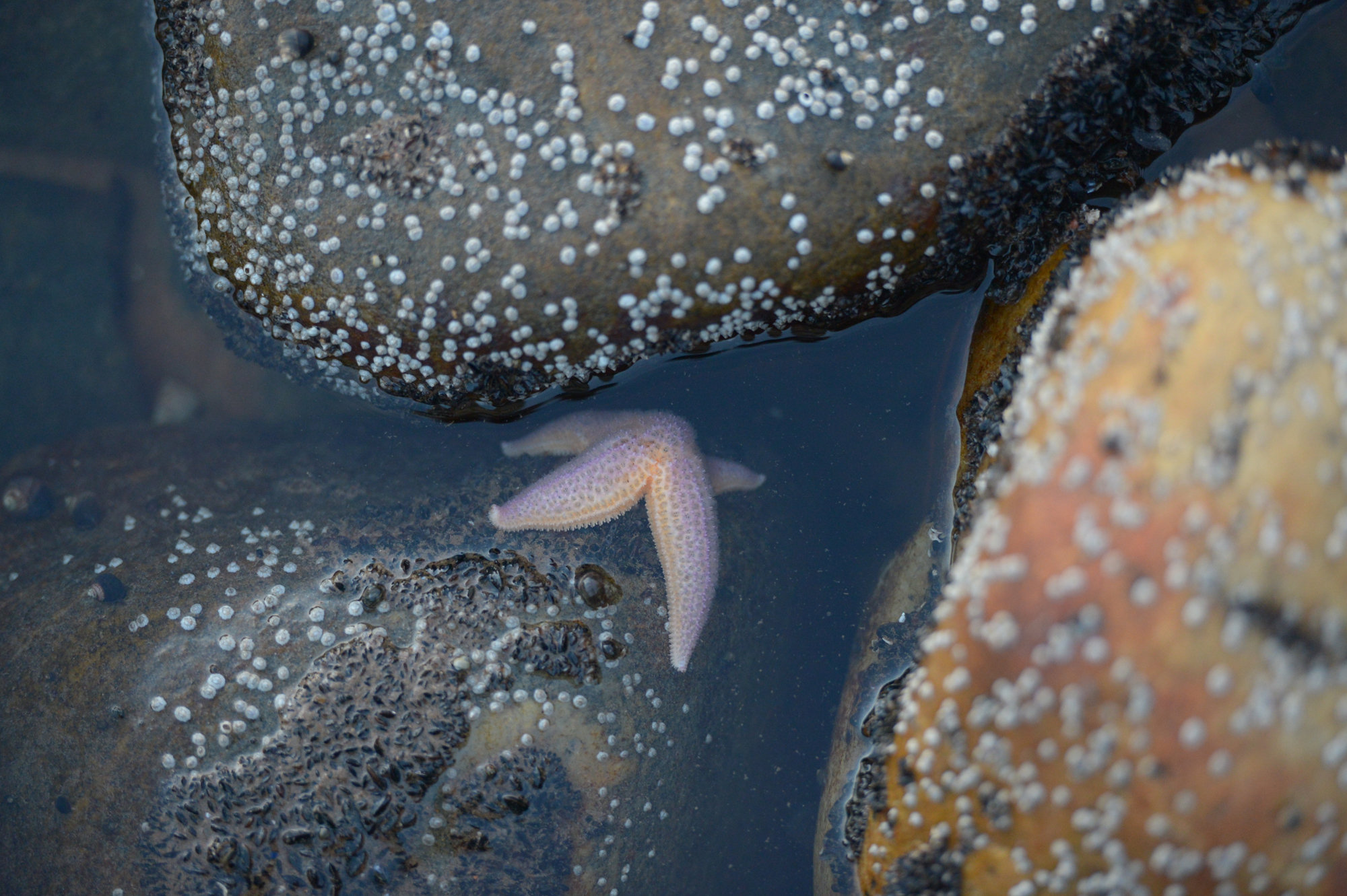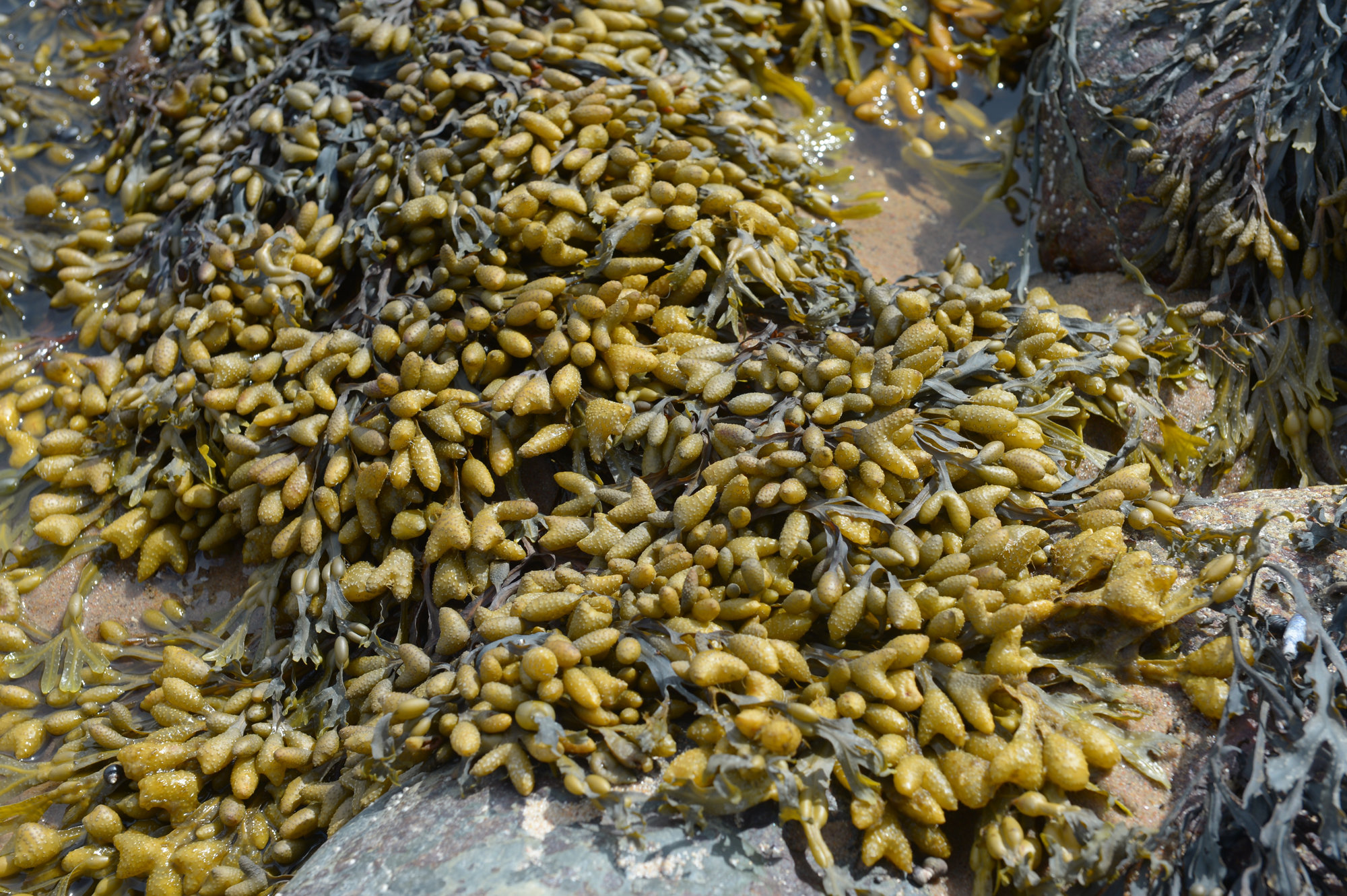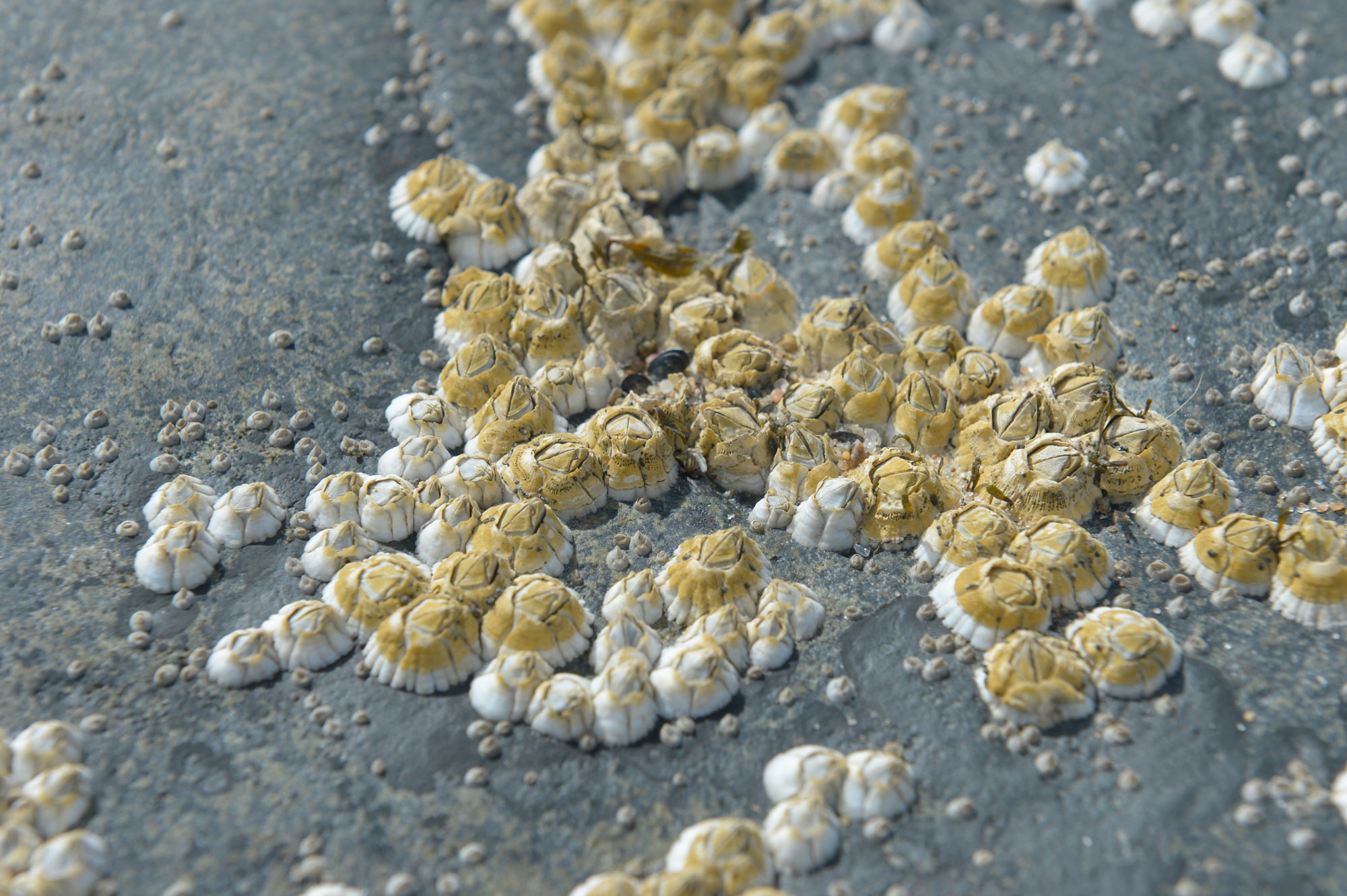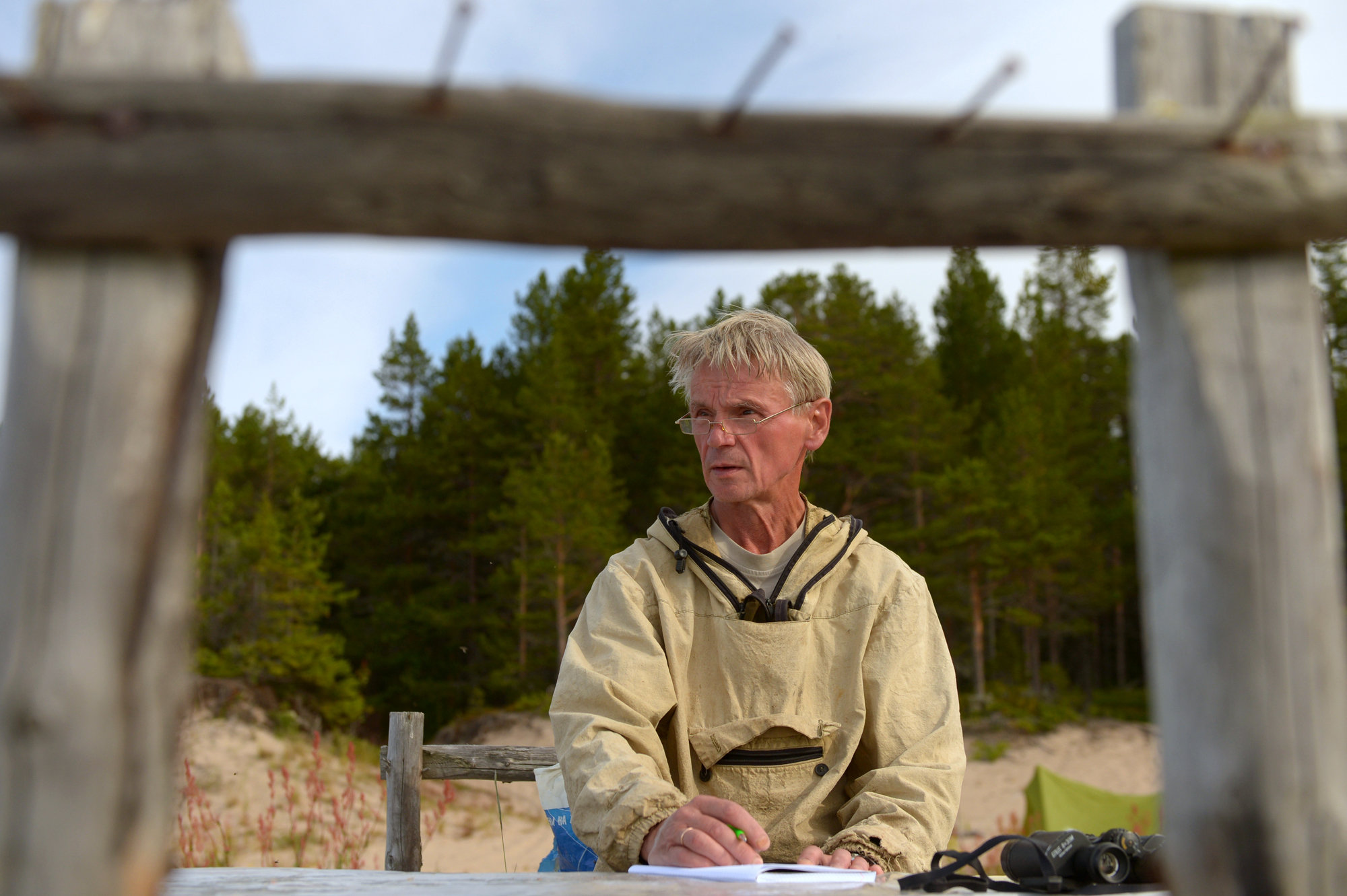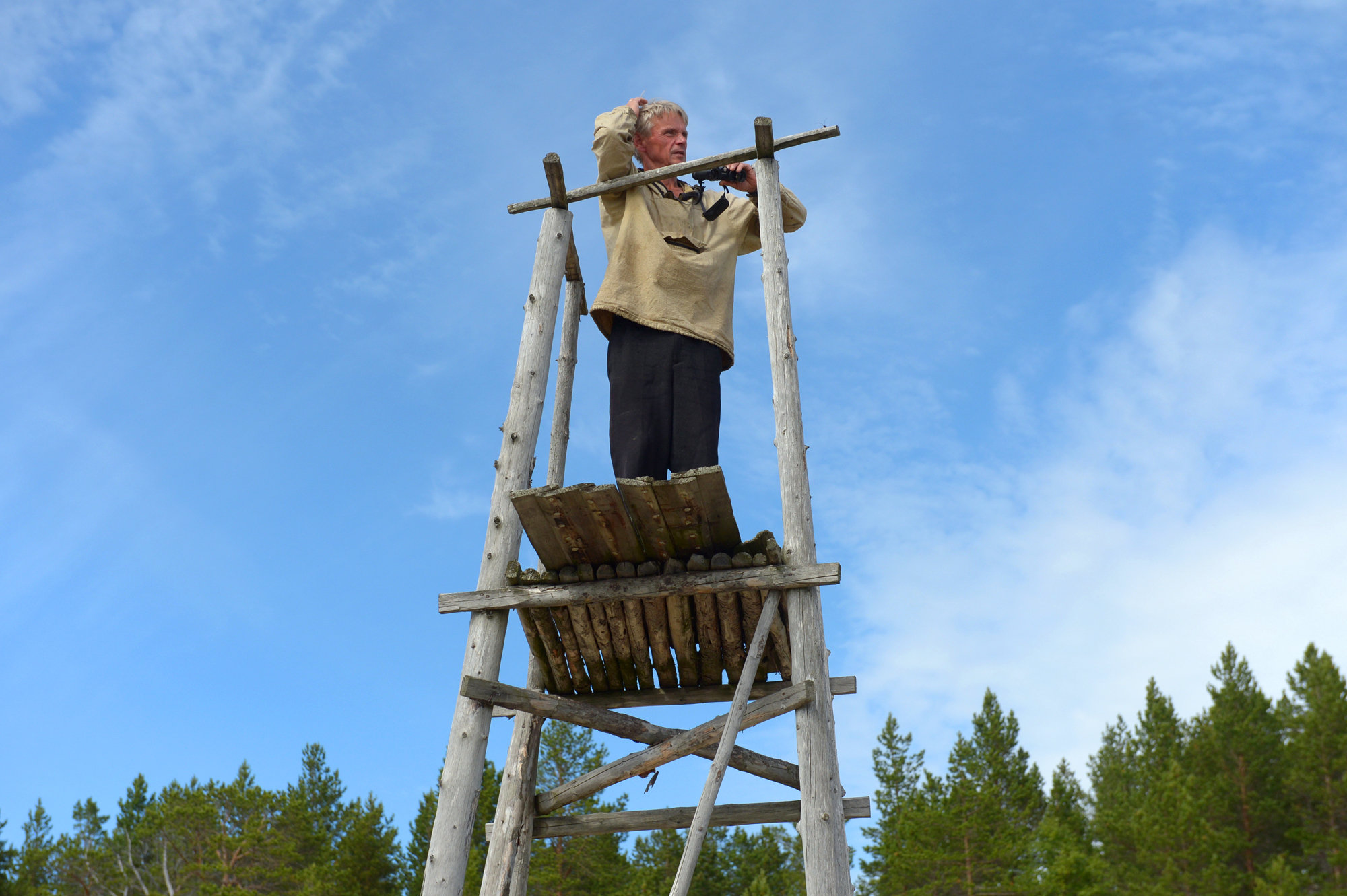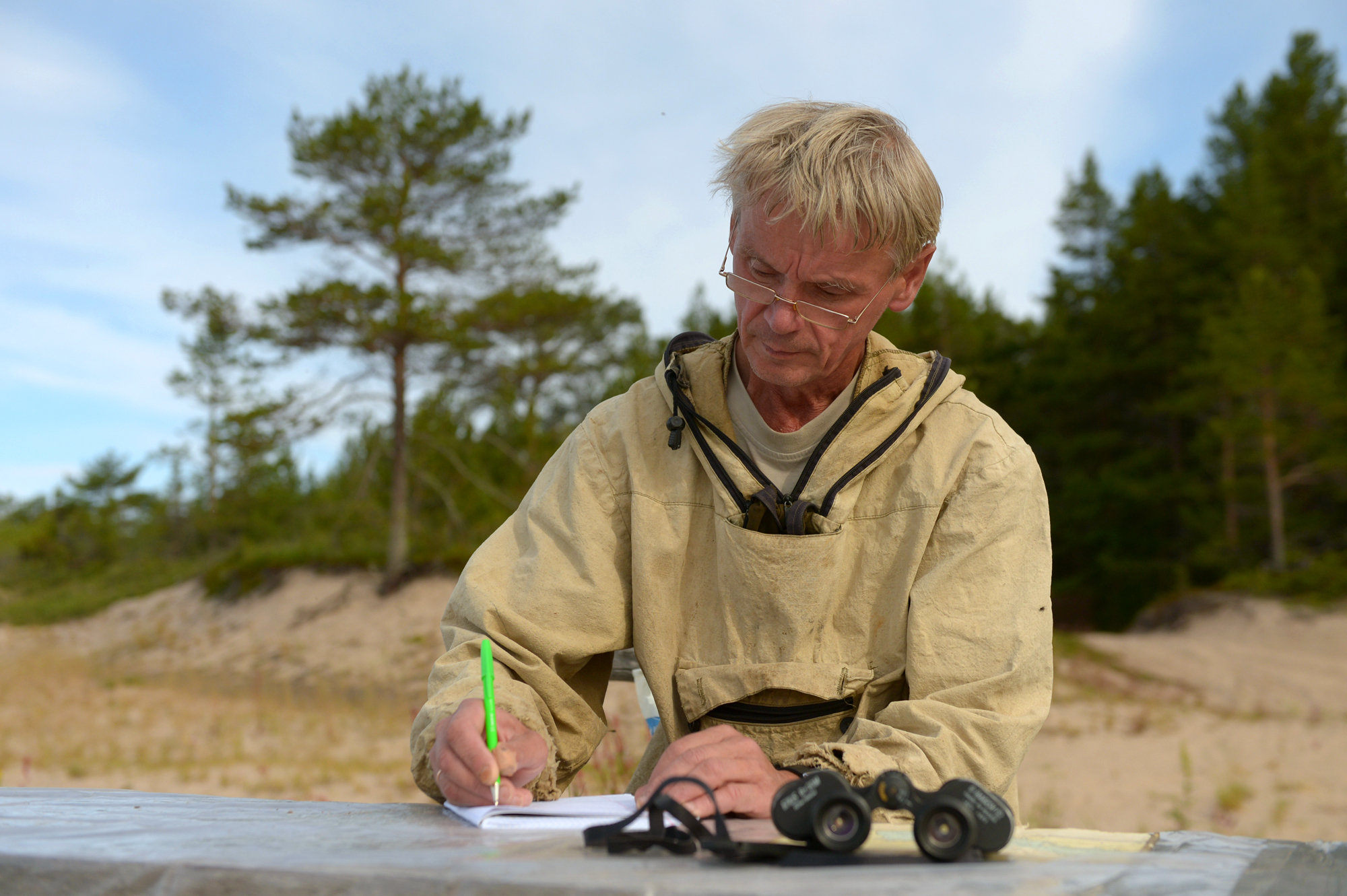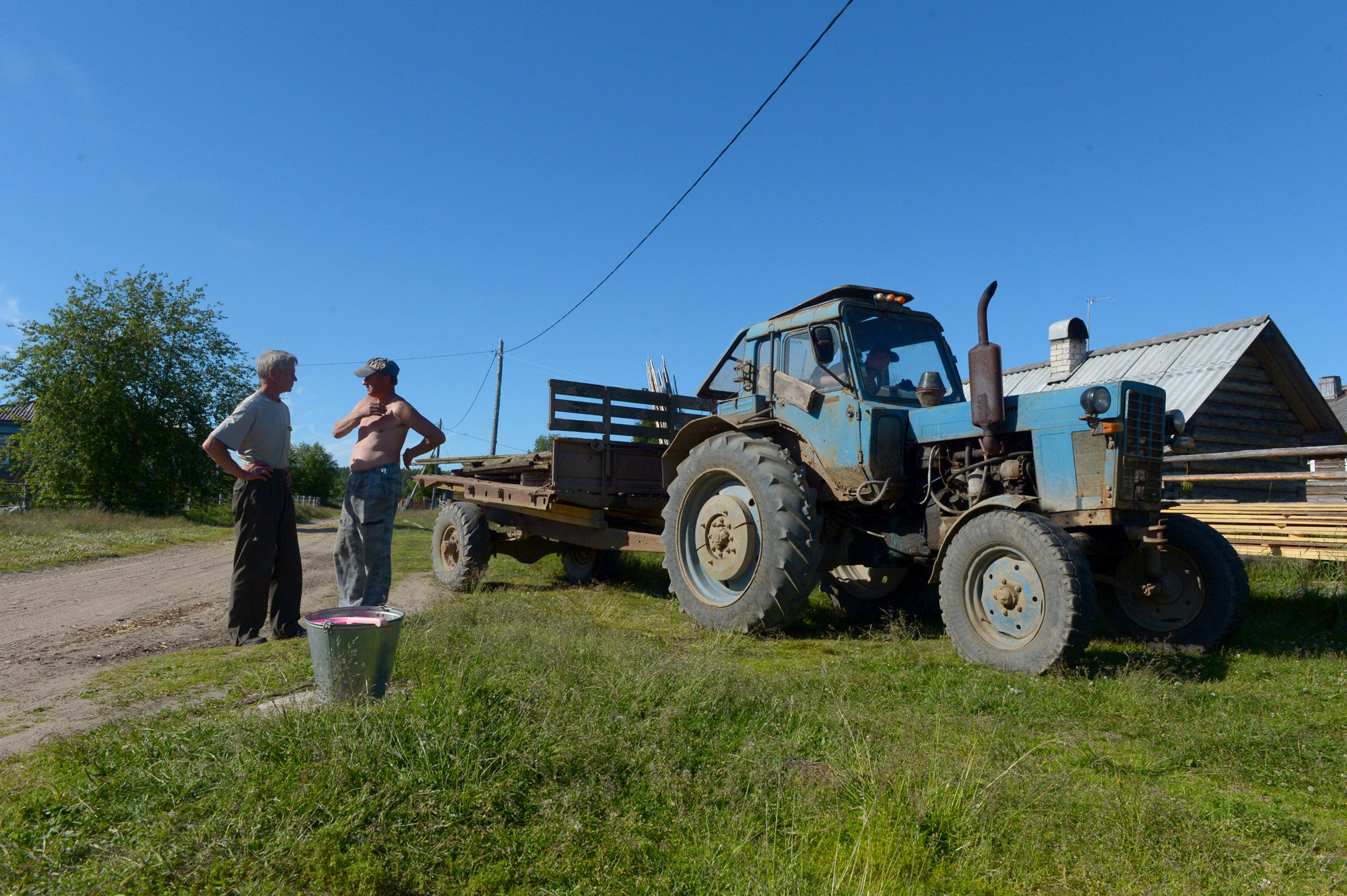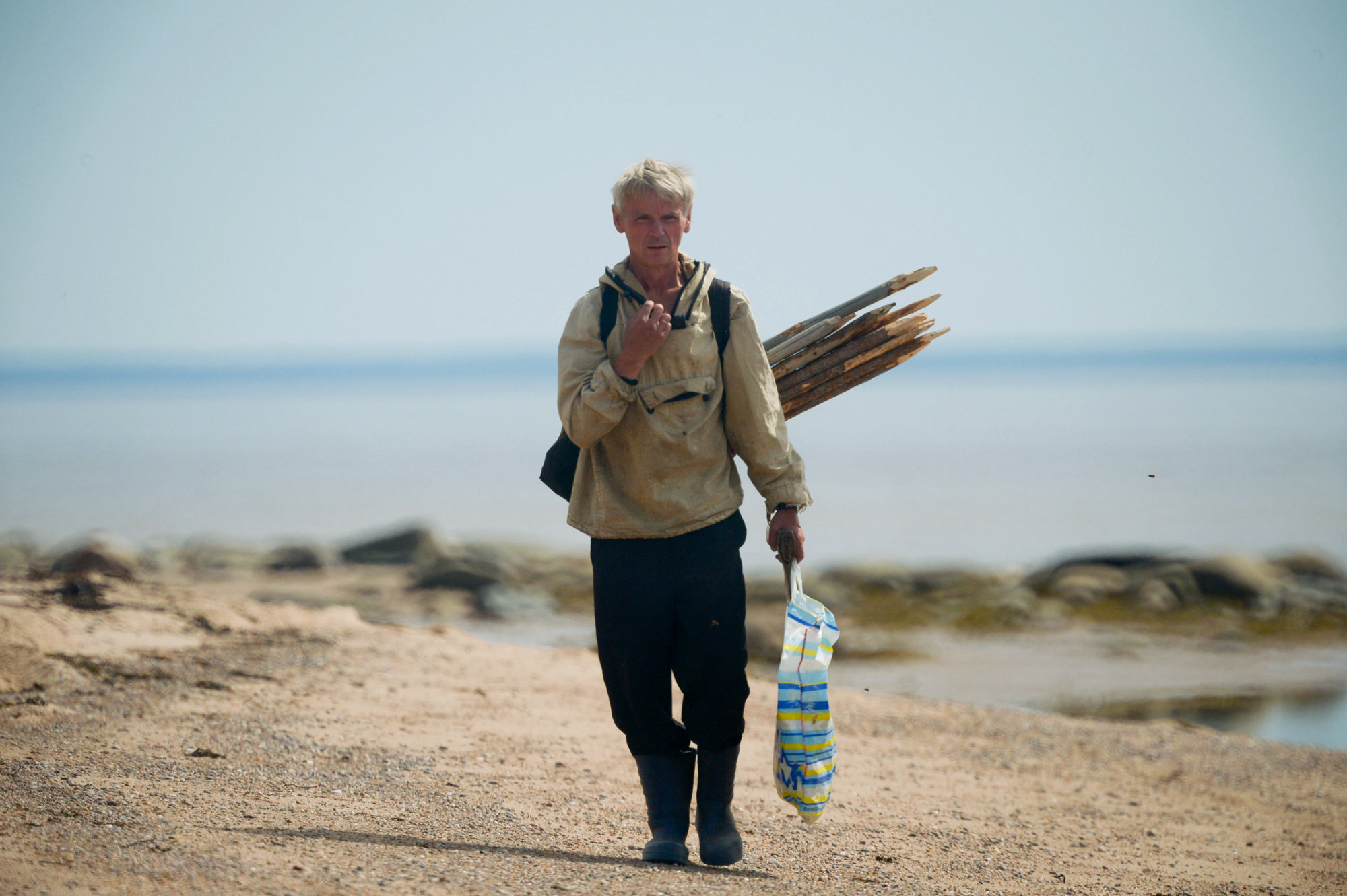The Laboratory of Freshwater and Marine Ecosystems of the Institute of Environmental Challenges of the North studies lakes and rivers, as well as some parts of the White Sea, specifically, Dvina and Onega bays. Eight expeditions to these regions have been organized to this day.
Our first expedition to Onega Bay took place in the summer of 2003. Back then, the waters surrounding Gluboky Cape, where we are now, were inhabited by a 150-member whale pod.
*Beluga whales or white whales (delphinapterus leucas) are cetaceans, representatives of the family of narwhal toothed whales. They live along Arctic coasts, as well as in the White and Bering seas and the Sea of Okhotsk. Beluga whales live in pods and are usually spotted in groups of 3-10 or several dozen. They are capable of diving to great depths.
One month after the end of the first expedition, there was an oil spill in Onega Bay. According to official reports, 53 metric tons of fuel leaked into the sea in September 2003. Fuel is still being washed up on the shores, Viktor Andrianov said. Judging by the oil and sand mass collected by researchers, the spill was much bigger than announced, and the environmental consequences for Onega Bay were much more serious.
